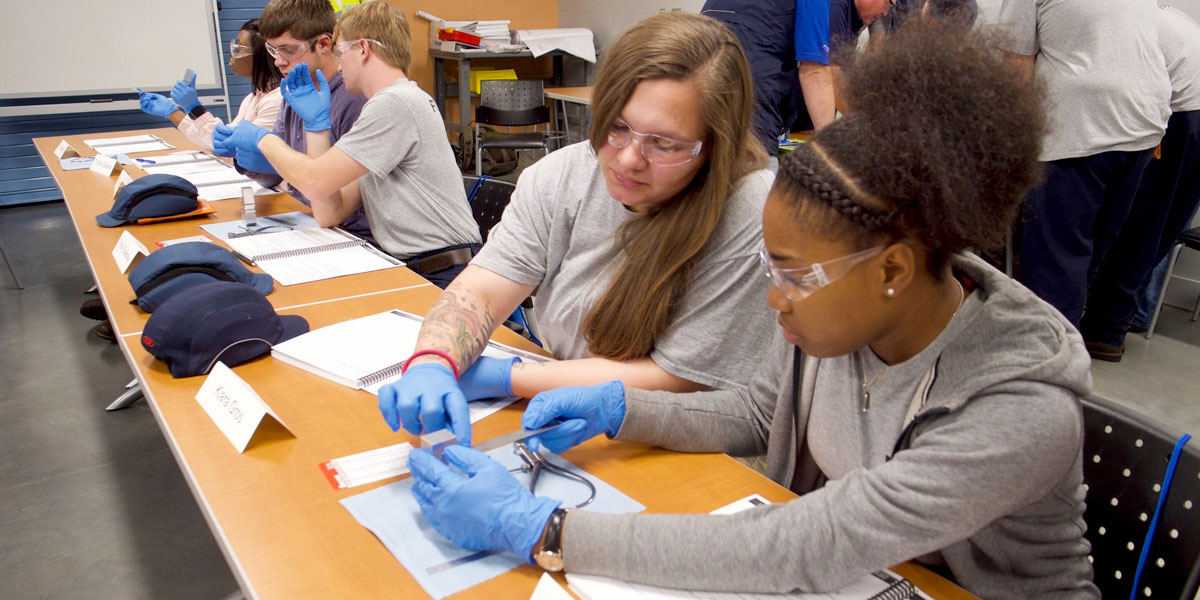In 2010, when Republicans gained a majority in the Alabama Legislature after 135 years of Democratic control, they inherited all the legacy problems facing the state, including high joblessness, low household income, and high rates of poverty.
In large measure, the GOP solution was economic development. The state reformed and increased its economic incentives package — while Greg Canfield and his Alabama Department of Commerce team worked globally to find employers to create jobs in Alabama.
The strategy has worked. Airbus, Toyota, Mercedes, Hyundai, Boeing, Lockheed, Mazda, Polaris, Kimber, Honda, Austal, and others have all located or expanded manufacturing footprints in Alabama. Under Governor Kay Ivey, the state has set new record lows in unemployment with a intentional job-creation efforts.
RELATED: Workforce challenges being addressed by industry-community college partnership
Despite above-average gains, Alabama still has a high poverty and low workforce participation rate. Improving workforce participation rates has become a growing concern for government, education, and corporate leadership in the state.
Alabama Arise claims that a combination of Medicaid expansion, investing in public transportation, tax reform, and more economic opportunity is an approach the state should adopt.
They point to research showing that workers who are underemployed or dropped out of the workforce cited three major, consistent concerns: Unavailable transportation, inadequate pay or work schedule, and illness or disability.
Alabama Arise policy advocate Dev Wakeley said their policy prescription to address the issue are based on that feedback:
- Fund the Public Transportation Trust Fund to help workers get to jobs. Alabama is one of only three states that has no state funding set aside to support public transportation.
- Stop incentivizing employers who fail to deliver on promises to provide good-paying jobs.
- Expand Medicaid to keep working-age adults healthy and in the workforce. Nearly 300,000 working Alabamians fall into the health coverage gap where they make too little to get Obamacare and have no employer coverage. Consistent health care for low-wage workers can help prevent or control chronic disabling conditions. It also can give workers a lifeline when they are struggling with addiction, substance use disorders or mental illness.
“We applaud House Speaker Nathaniel Ledbetter and the House Commission on Labor Shortage for expressing an interest in looking more deeply into the data around labor force participation,” Wakely said.
RELATED: Ledbetter: Alabama’s historic economic growth and underlying labor shortage
“We were also glad to hear multiple lawmakers cite issues including affordable housing, wages and child care. All of these are critical supports to empower people to obtain and maintain employment. To us, the message is clear: Investing more in work supports like public transportation and health care while ensuring more transparency and accountability for workforce incentives is a key, data-supported strategy to keep more Alabamians working and thriving.”
The House Commission on Labor Shortage will release their recommendations in January.
To connect with the author of this story or to comment, email [email protected]













